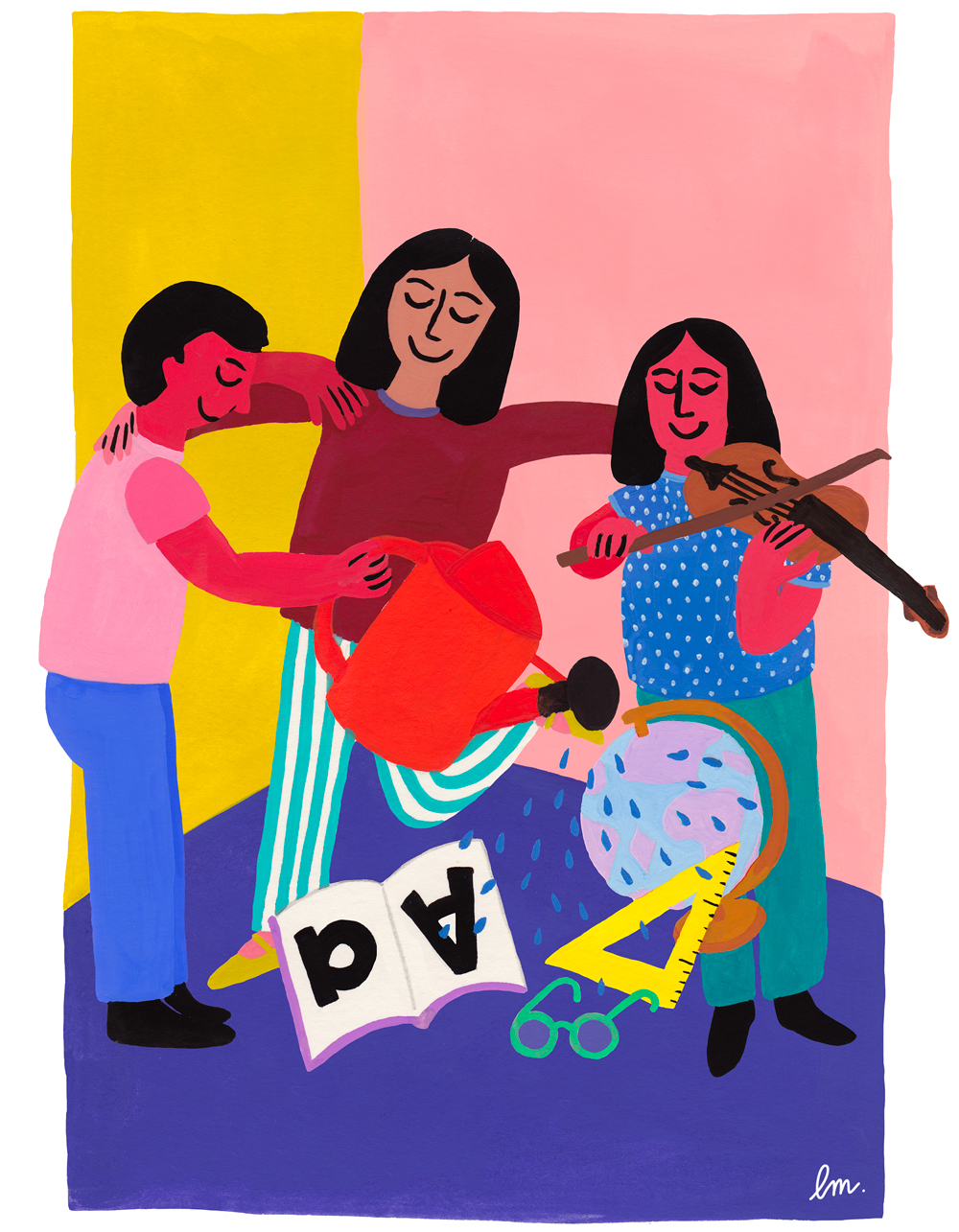Education in India today has been entangled in the web of input norms and regulations, driven by the idea of uniformity and standardisation. While policies to this effect have been successful in achieving near perfect enrollment rates, the learning outcomes remain dismal. There is little space for children to explore and experiment. Student-centric and student-led models of learning such as our age-old indigenous gurukuls or madrasas have been replaced by the factory-like school models. There exists a wide gap between what students get and what they need. This gap is filled by alternative methods of education that employ different pedagogy, alternative learning environments and experimentative methods to ensure more holistic development of individuals. But in India, such institutions are struggling for their existence.
With the introduction of the Right of Children to Free and Compulsory Education (RTE) Act 2009, institutions of alternative education have been grappling for recognition. The streamlining of ‘compulsory’ education through schools that meet the affiliation and recognition norms under the Act and those of the Boards of Assessment (BOA), has made the existence of alternative models difficult.
While the RTE robbed the education system of diversification and diversity, the draft New Education Policy (NEP) 2019 brings a glimmer of hope for innovators in learning models, curriculum and pedagogy. The draft recommends ‘Enabling multiple pathways to learning’ and ‘Allowing multiple models for schools’, acknowledging the importance of variation and innovation in education. By allowing different models of schools and limiting input norms for recognition to a bare minimum, draft NEP has encouraged greater freedom for academicians and parents. If accepted, what benefits would this have?
Indian education’s one-size-fits-all model does not take into account geographical and cultural diversity, neglecting the needs of the students who become detached from the very start of the learning process. If implemented, draft New Education Policy will allow parents to reject conventional schools and can opt for options like homeschooling, gurukuls, etc. The draft NEP proposes to bring these changes through a relook and review of the RTE Act to ensure quality education at scale by making recognition and affiliation norms more liberal.
To increase the accessibility of education, the draft New Education Policy makes another pragmatic suggestion. It espouses the use of technology and distance learning to bring education to those who cannot go to schools. These recommendations include an impetus to Open and Distance Learning (ODL) programmes offered by the National Institute of Open Schooling (NIOS) for vocational education to adults and youth to make them more employable. A proposal has also been made for all State governments to open State Institutes of Open Schooling (SIOS) to ensure minimum education till grade 12 for all.
With the draft NEP, the government seems to finally acknowledge that there can exist various forms of teaching and learning. Many innovative platforms exist that use technology, stories, experiment and practise to guide the process of learning. And the uncertain existence of these schools given the input-centric and capital-heavy norms in addition to a lack of recognition may no longer be a problem.
Every parent must have the right to choose an education they feel is compatible with their child’s aptitude and inclinations. Our education policies should revolve around the child, which is why it is pertinent to reevaluate the RTE Act to ensure better learning outcomes.
Read more: https://spontaneousorder.in/nep-paradigm/
Post Disclaimer
The opinions expressed in this essay are those of the authors. They do not purport to reflect the opinions or views of CCS.






